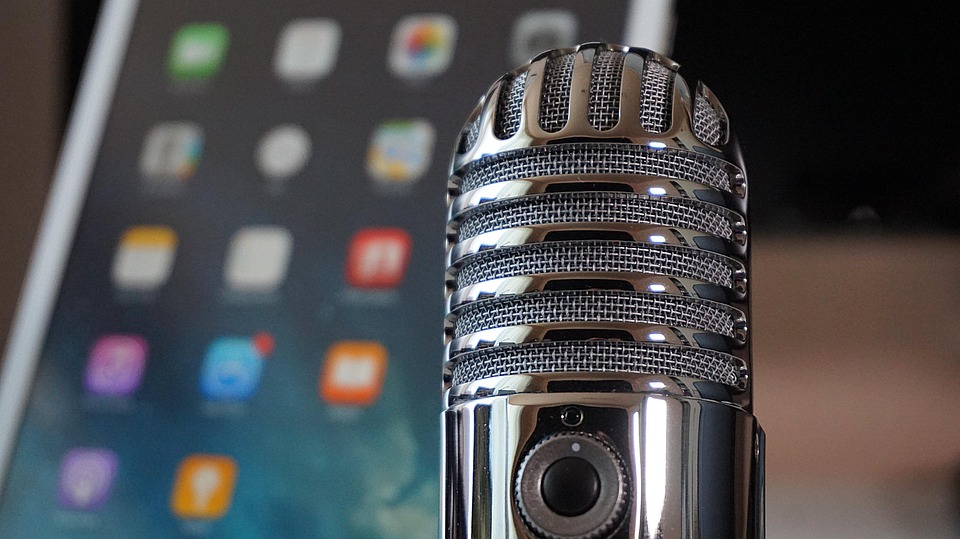In an age where information is ubiquitous and technology continuously reshapes the landscape of communication, podcasts have emerged as a formidable contender against traditional media. For tech enthusiasts, this shift represents not just a new avenue for content consumption but a redefinition of how information is produced, disseminated, and experienced. This article explores the key differences between podcasts and traditional media, highlighting how this new audio format caters to the unique needs of tech-savvy audiences.
The Rise of Podcasts
Podcasts have surged in popularity over the past decade, fueled by the proliferation of smartphones and improvements in mobile internet connectivity. With millions of podcasts available on virtually every conceivable topic, listeners can consume content on-the-go—turning mundane commutes or household chores into opportunities for learning and engagement. For tech enthusiasts, this means having instant access to cutting-edge discussions, interviews with industry leaders, and deep dives into emerging technologies, all available at the touch of a button.
Accessibility and Convenience
One of the defining features of podcasts is their inherent accessibility. Unlike traditional media, which relies on scheduled programming or print releases, podcasts are available anytime and anywhere. This flexibility allows tech enthusiasts to curate their audio experience based on personal interests and time constraints. Whether it’s tuning into a series on artificial intelligence during a morning run or catching up on tech reviews while cooking dinner, the convenience of podcasts is hard to match.
In-Depth Content Creation
Podcasts often provide a depth of coverage that traditional media may struggle to achieve. News articles must adhere to strict word counts, and television segments typically fit into brief time slots. Conversely, podcasters have the freedom to explore topics in detail, offering listeners comprehensive insights into complex subjects. Tech enthusiasts benefit greatly from this, as podcasts allow for intricate discussions about technological principles, software development, and market trends without the constraints imposed by traditional media formats.
Community Engagement
Moreover, podcasts foster a sense of community among listeners and creators. Interactive elements such as listener call-ins, social media engagement, and community-driven content help build relationships that often feel lacking in traditional media. Many tech podcasts encourage audience participation, where listeners can submit questions or topics they wish to be addressed. This interaction transforms passive listeners into active participants, making the experience more dynamic and engaging.
The Authentic Voice
Podcasts often give a platform to voices that might be underrepresented in traditional media. Many tech enthusiasts resonate more with the authenticity of independent podcasters who share personal stories, challenges, and triumphs in the tech world. This genuine connection can establish a sense of trust that is sometimes absent in traditional news outlets, where corporate interests and biases can color coverage.
Staying Ahead of the Curve
In the rapidly evolving tech landscape, staying informed is crucial. Podcasts often highlight emerging trends and upcoming innovations long before they reach mainstream media. Tech enthusiasts who engage with podcasts can gain insights into breakthroughs in artificial intelligence, blockchain technology, and other areas, empowering them to stay ahead of the curve. The predictive nature of many tech podcasts provides listeners with valuable foresight that traditional news sources may not yet cover.
Balancing Perspective
However, it’s essential to acknowledge some limitations of podcasting as well. The lack of rigorous editorial oversight can lead to the dissemination of unverified information or personal opinions masquerading as fact. Unlike traditional media outlets, which typically have checks and balances to ensure accuracy, many podcasters operate independently. Listeners need to develop critical thinking skills and discernment when consuming content from various sources.
Conclusion
As the tech landscape continues to shift and evolve, podcasts represent a compelling alternative to traditional media for tech enthusiasts. The combination of accessibility, in-depth content, community engagement, and authentic storytelling creates a rich environment for those eager to explore the complexities of technology. While traditional media still holds value, especially in providing balanced and accredited information, the rise of podcasts signifies a new era where voices can be more varied, and information more tailored. For tech enthusiasts, this transformation is not just about media consumption; it’s about becoming an active participant in the ongoing conversation about the technology that shapes our world.



